Commercial Roof Replacement Process – Step-by-Step Guide
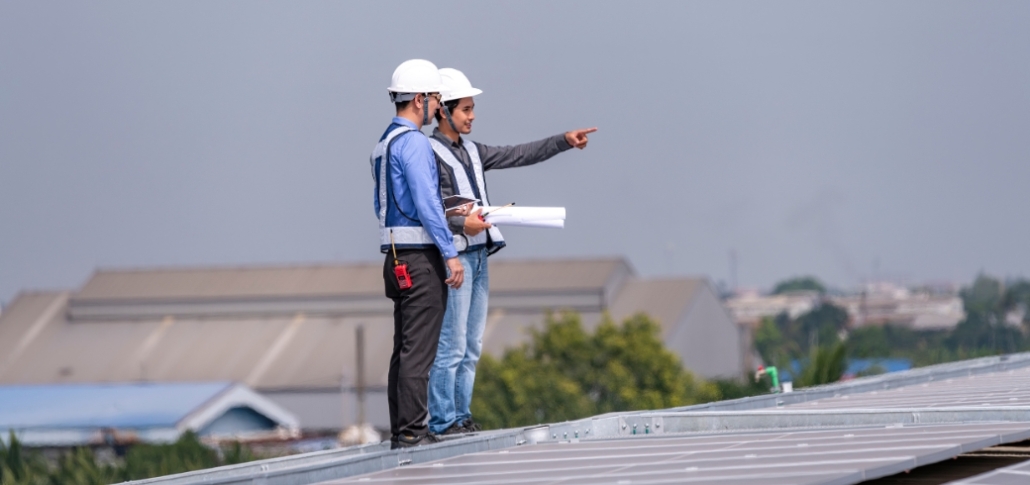
The commercial roof replacement process is a series of coordinated steps designed to remove an old or damaged roof and install a new, durable roofing system on a commercial building. This process ensures the building is protected from the elements, improves energy efficiency, and extends the roof’s lifespan. Understanding what this process entails helps building owners prepare effectively and make informed decisions throughout the project.
So, what are the steps to replace a commercial roof?
The commercial roof replacement process includes these 12 key steps:
- Initial Roof Inspection
- Project Assessment and Proposal
- Permit Acquisition
- Scheduling and Planning
- Site Preparation and Safety Setup
- Removal of Existing Roofing
- Surface Inspection and Repair
- Installation of New Roofing System
- Flashing and Waterproofing Installation
- Final Inspection and Quality Check
- Site Cleanup and Debris Removal
- Warranty and Documentation Provided
Keep reading to discover each essential step in the commercial roof replacement process and learn why they matter.
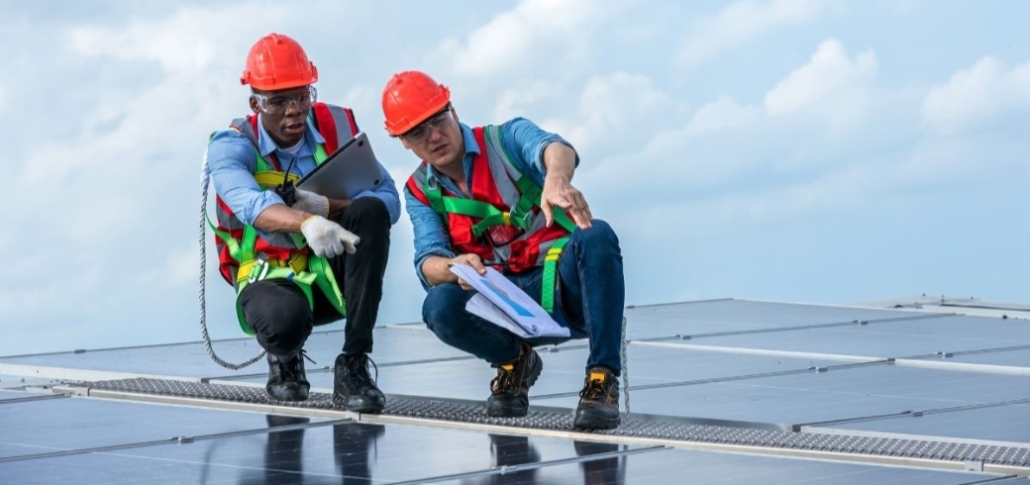
1. Initial Roof Inspection
The commercial roof replacement process starts with a thorough inspection by certified roofing professionals. They assess the condition of the existing materials, detect hidden damage, and identify structural concerns.
Inspectors use thermal imaging and core sampling to detect hidden moisture issues beneath the surface. This proactive approach identifies problem areas and determines the best replacement strategy based on your building’s size, location, and specific roofing needs.
2. Project Assessment and Proposal
After inspection, the roofing team creates a detailed project assessment. This includes selecting the right commercial roof system replacement options based on your goals—whether it’s energy efficiency, durability, or warranty coverage.
You’ll receive a comprehensive proposal outlining costs, timelines, material choices, and project scope. This proposal gives you the clarity to make informed decisions while ensuring transparency before any work begins.
Request A Free Quote
Speak To Our Roofing Specialists Today!
National Roofing & Solar offers expert commercial roof replacements, leak repairs, and solar upgrades, maximizing energy efficiency and ROI.
3. Permit Acquisition
Before starting physical work, necessary permits must be secured from local building authorities. Every commercial roof tear-off and replacement project must comply with local regulations and safety codes.
Roofing contractors manage the permitting process to save your time and to avoid costly delays. This step ensures your project meets Massachusetts, Connecticut, or Rhode Island standards, avoiding potential legal issues or inspection failures down the line.
4. Scheduling and Planning
The Next Step of the commercial roof replacement process is efficient scheduling, ensuring the timeline for commercial roof replacement fits your business operations. Contractors work with you to minimize disruptions, planning weather patterns, and secure delivery of materials.
Detailed project planning includes workforce coordination, equipment logistics, and contingency plans in case of unforeseen delays. A clear schedule also improves communication, so you always know what’s happening next and when.
5. Site Preparation and Safety Setup
Before construction begins, the site must be prepared to ensure safety for workers, employees, and visitors. This includes setting up warning signs, barriers, perimeter safety lines, and designated debris zones.
Crews follow strict OSHA standards to prevent accidents. Proper site preparation protects both the property and people, laying the groundwork for an efficient and injury-free roofing process.
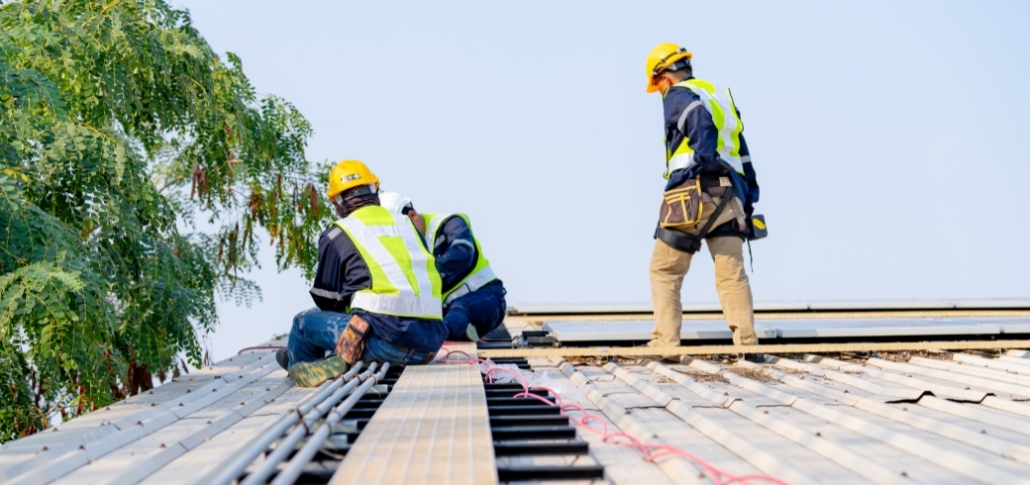
6. Removal of Existing Roofing
The next major step of the commercial roof replacement process is tearing off the old roofing materials. Crews systematically remove all layers—membranes, insulation, flashing—down to the deck. Materials are disposed of responsibly, often recycled where possible to support green building practices.
Removing every compromised layer allows for accurate assessment of the underlying structure and ensures your new roof system has a solid, defect-free foundation.
7. Surface Inspection and Repair
Once the old roofing is removed, inspectors check the roof deck for rot, cracks, or structural weaknesses. They repair or replace any damaged sections to guarantee stability and load-bearing capacity.
Skipping this step could compromise the new installation. By taking time for repairs now, you avoid future headaches and ensure the new roofing materials perform to their full potential.
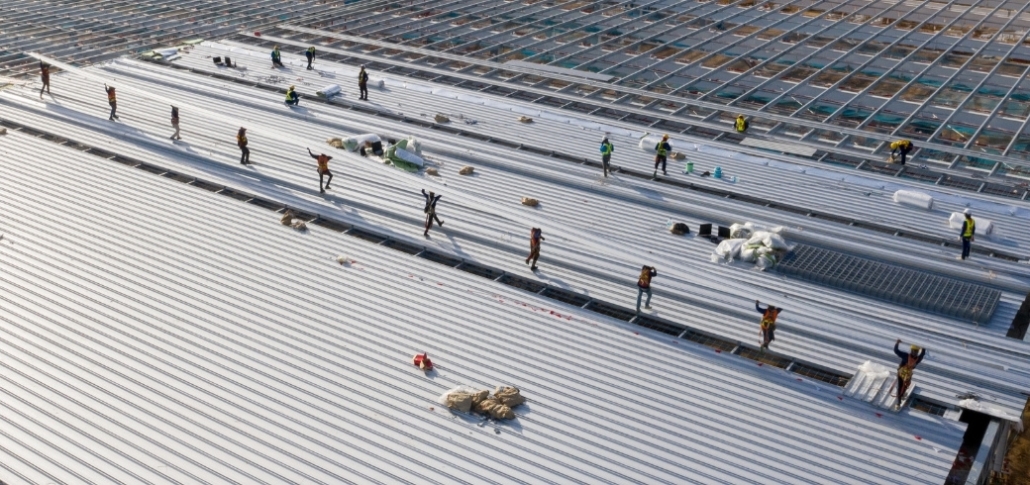
8. Installation of New Roofing System
With a clean, repaired surface ready, the new commercial roof system is installed. Materials like TPO, EPDM, or Duro-Last membranes are selected based on your building’s specific performance needs. Installation involves laying insulation boards, vapor barriers, membranes, and fastening systems according to manufacturer specifications. Proper installation is critical to ensure energy efficiency, waterproofing, and long-term performance.
Request A Free Quote
Speak To Our Roofing Specialists Today!
National Roofing & Solar offers expert commercial roof replacements, leak repairs, and solar upgrades, maximizing energy efficiency and ROI.
9. Flashing and Waterproofing Installation
Next step for the commercial roof replacement process is flashing, which is installed around edges, vents, skylights, and rooftop equipment to direct water safely away from critical areas. Proper waterproofing layers are also applied to eliminate leaks and extend roof life.
Flashing is one of the most important components because even a small failure can cause major water damage. Attention to detail here provides reliable, watertight protection.
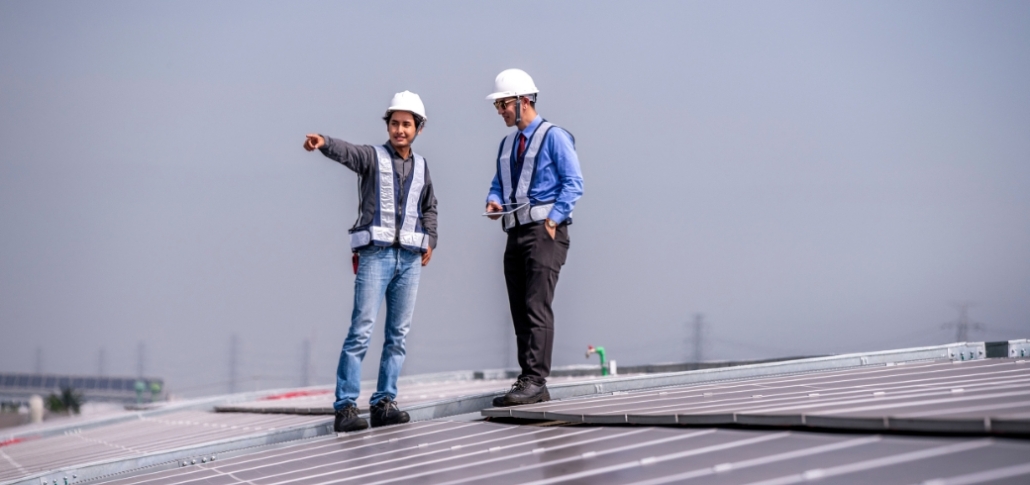
10. Final Inspection and Quality Check
Before wrapping up, a final comprehensive inspection is conducted by senior project managers. They verify every detail—seams, fasteners, flashing, drainage—against the project plan and building codes.
Quality checks also involve manufacturer inspections if warranty validation is required. This careful review guarantees that the completed roof installation meets the highest industry standards for safety, durability, and performance.
11. Site Cleanup and Debris Removal
Professional cleanup teams remove all project waste, tools, and excess materials from the site. Specialized equipment like industrial magnets may be used to collect stray nails and metal scraps.
A clean, debris-free site ensures safety, protects landscaping and walkways, and gives you immediate access to your newly finished commercial roof without any hassle.

12. Warranty and Documentation Provided
At project completion, you’ll receive full warranty documentation covering the materials and workmanship. Manufacturers’ warranties often range from 15–30 years depending on the system.
You’ll also be provided with maintenance guidelines and inspection records to help preserve warranty coverage. These documents protect your investment and give you lasting peace of mind, fully securing what matters most.
Ready to protect your property with a durable, warrantied roofing system? Contact National Roofing & Solar today.
Benefits of Replacing Your Commercial Roof
Investing in a new commercial roof delivers long-term advantages that go far beyond simply fixing leaks. Here’s what you can expect:
- First, improved energy efficiency is a major benefit. Modern roofing systems like TPO or Duro-Last membranes reflect sunlight and reduce heat absorption, leading to lower utility bills year-round. In the long run, these savings can greatly improve your financial results.
- Second, a new roof brings enhanced property value. Buyers, tenants, and investors view a well-maintained, updated roof as a sign of responsible ownership, making your property more attractive on the market.
- Third, you’ll enjoy reduced repair and maintenance costs. Old roofs often require frequent patchwork. A new system eliminates those ongoing expenses, delivering predictable upkeep for years.
- Fourth, replacing your roof boosts safety and compliance. Updated materials meet the latest fire, wind, and building codes, reducing liability risks and ensuring inspection success.
- Finally, you gain stronger warranty protection. A new commercial roof offers strong warranty protection, ensuring long-term peace of mind and securing your investment for many years to come.
Read More: What is the Best Commercial Roofing Material? The Full Guide
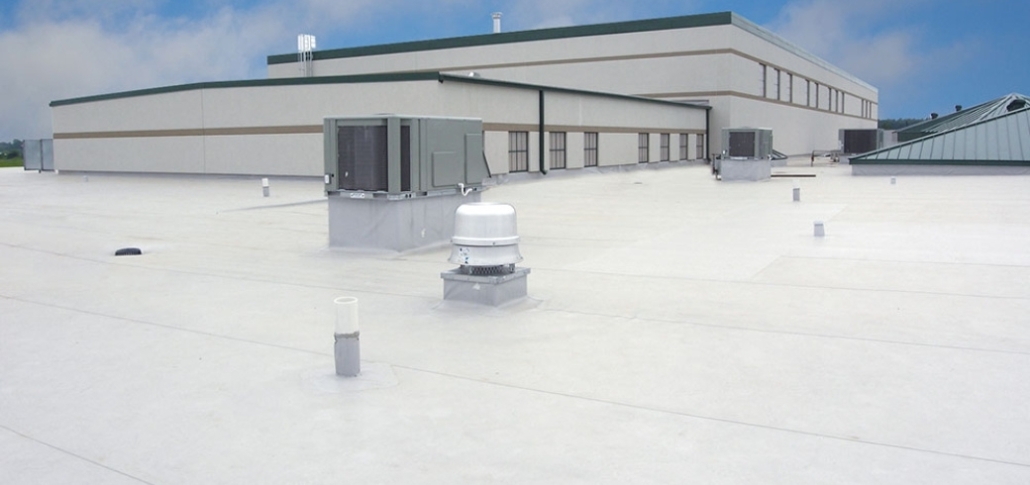
Post-Replacement Maintenance Tips
After completing the commercial roof replacement process, ongoing maintenance is crucial to protect your investment and extend your roof’s lifespan. A properly maintained commercial roof can perform at its best for decades, while neglected roofs may develop costly problems much sooner. Here’s how to keep your new roof in top condition:
- Schedule Regular Professional Inspections:
Twice-a-year inspections—typically in the spring and fall—allow professionals to catch small issues before they become major repairs. They check membranes, flashing, drainage, and overall integrity. - Clear Debris and Keep Drains Clean:
Leaves, branches, and debris can clog roof drains, causing ponding water and added stress on your system. Regular clearing ensures proper drainage and prevents damage. - Monitor for Damage After Severe Weather:
After storms, inspect your roof for signs of punctures, tears, or loose flashing. Early detection means faster repairs and less risk to the building structure. - Document All Maintenance and Repairs:
Maintain a thorough record of all inspections, maintenance activities, and repairs. Accurate records are vital for warranty compliance and prove that the roof has been properly cared for over time.
Following these steps will maximize your roof’s performance, energy efficiency, and warranty protection for years to come.
FAQs About the Commercial Roof Replacement Process
Most projects are completed within 1–3 weeks depending on size, weather, and system complexity.
Yes! With proper planning, National Roofing & Solar ensures minimal disruption so your operations can continue.
New systems typically last 20–30 years with proper maintenance.
TPO, EPDM, and PVC are excellent for flat roofs, while Duro-Last membranes offer custom-fabricated solutions ideal for energy efficiency.
Absolutely. Most commercial roofing systems include 15–30 year warranties covering materials, labor, and installation quality.
Request A Free Quote
Speak To Our Roofing Specialists Today!
National Roofing & Solar offers expert commercial roof replacements, leak repairs, and solar upgrades, maximizing energy efficiency and ROI.
Conclusion
The commercial roof replacement process is a crucial investment that protects your property, boosts energy efficiency, and ensures long-term savings. From the initial inspection to the final quality check, every step plays an essential role in building a strong, durable roofing system.
If your commercial roof shows signs of aging or damage, don’t wait until costly problems arise. Contact National Roofing & Solar today for a free consultation and expert inspection. Our experts are here to help you protect your property with durable roofing and solar solutions designed for long-term performance and sustainability.


